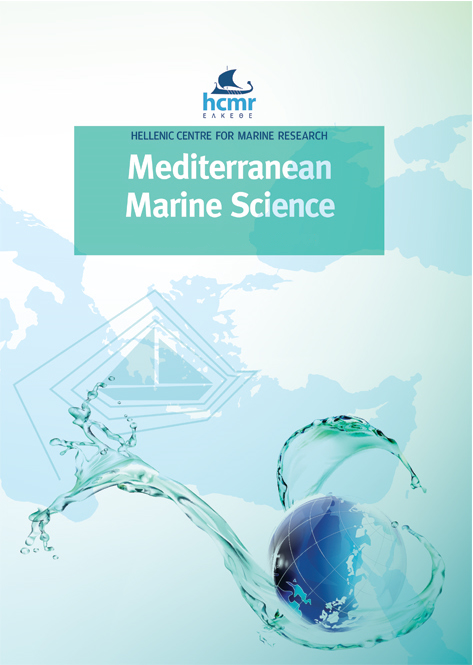Escape of hake (Merluccius merluccius), horse mackerel (Trachurus trachurus) and blue whiting (Micromesistius poutassou) in codends with shortened lastridge ropes
Résumé
Diamond meshes in trawl codends have limited openness, which reduces escape opportunities for roundfish. Shortening the lastridge ropes (LR) attached to codend selvedges can increase the availability of open meshes resulting in higher chances of escape. However, this availability does not imply optimal mesh openness, nor does it guarantee use. We estimate the escape probability of hake, horse mackerel and blue whiting through a 20% shortened LR codend and a standard codend, and quantify the contribution of different mesh opening angles (OAs) to their size selectivity. The results confirm that high OAs increase escape opportunities for all species. However, shortened LR only improved size selectivity significantly for horse mackerel and blue whiting. This difference between species may be related to behavioural differences. The mesh openness achieved with 20% shortened LR was below that necessary to obtain optimal escape opportunities for these species. The study highlights the relevance of considering fish morphology and behaviour to optimally exploit size selectivity when designing shortened LR codends.
Article Details
- Comment citer
-
CUENDE, E., SISTIAGA, M., HERRMANN, B., BASTERRETXEA, M., & ARREGI, L. (2022). Escape of hake (Merluccius merluccius), horse mackerel (Trachurus trachurus) and blue whiting (Micromesistius poutassou) in codends with shortened lastridge ropes. Mediterranean Marine Science, 23(4), 917–934. https://doi.org/10.12681/mms.31041
- Rubrique
- Research Article
Authors who publish with this journal agree to the following terms:
- Authors retain copyright and grant the journal right of first publication with the work simultaneously licensed under a Creative Commons Attribution Non-Commercial License that allows others to share the work with an acknowledgement of the work's authorship and initial publication in this journal.
- Authors are able to enter into separate, additional contractual arrangements for the non-exclusive distribution of the journal's published version of the work (e.g. post it to an institutional repository or publish it in a book), with an acknowledgement of its initial publication in this journal.
- Authors are permitted and encouraged to post their work online (preferably in institutional repositories or on their website) prior to and during the submission process, as it can lead to productive exchanges, as well as earlier and greater citation of published work (See The Effect of Open Access).









